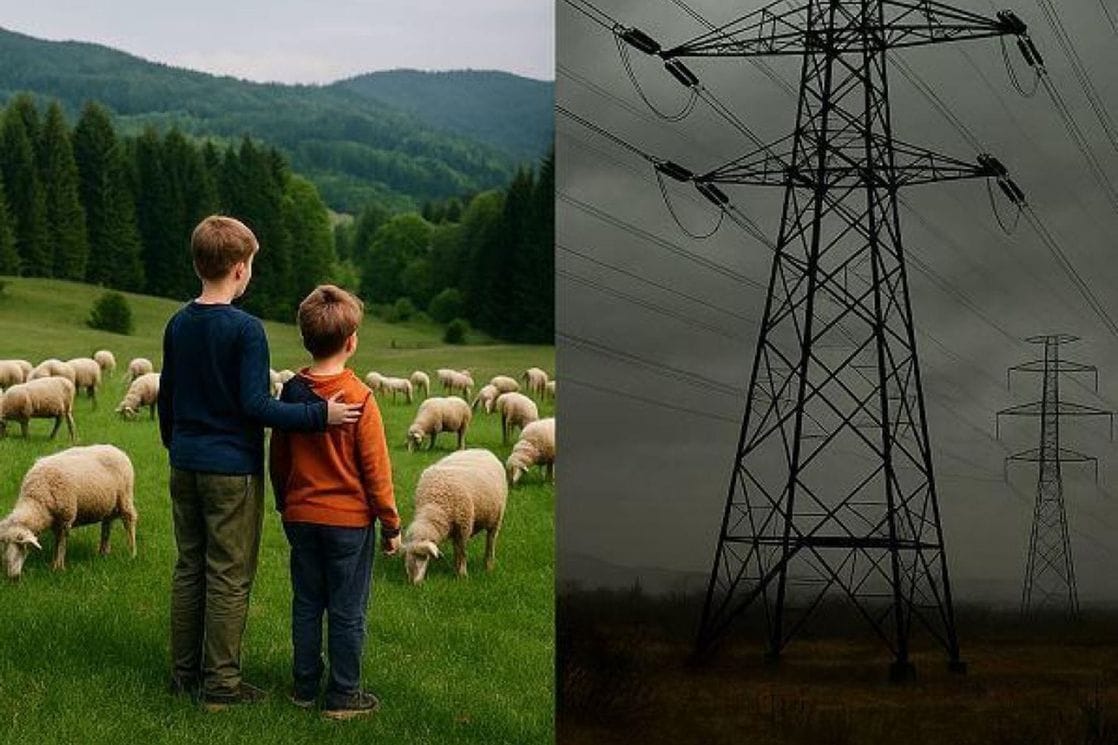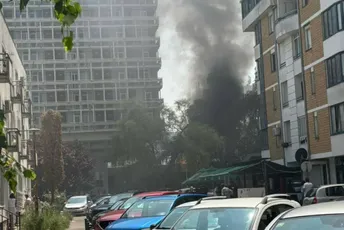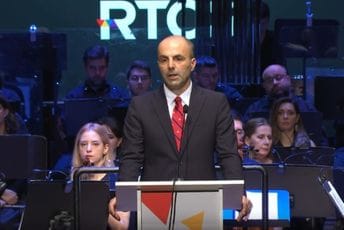Residents of the village Gornje Brezne on the Piva river express strong opposition to the planned construction of an energy hub in their area. They are not against energy development but believe that the construction would destroy biodiversity and the tourism potential of one of the most beautiful European canyons. The local community complains about the lack of transparency and involvement in the decision-making process, stating that amendments to the planning documents were made almost secretly. They call for a public hearing and emphasize that they will defend their rights by all means. Environmental organizations and experts in regenerative tourism will participate in the public hearing. This case highlights the conflict between renewable energy development and the protection of nature and local communities.
Political Perspectives:
Left: Left-leaning outlets emphasize the environmental and social justice aspects of the opposition, highlighting the protection of biodiversity, the rights of local communities, and the need for transparent and democratic decision-making processes. They often criticize the government and investors for lack of transparency and for prioritizing profit over environmental sustainability and community welfare.
Center: Center-leaning sources present a balanced view, acknowledging the importance of renewable energy development while also recognizing the concerns of local residents about environmental impact and community involvement. They stress the need for dialogue between stakeholders and transparent planning to ensure sustainable development that benefits both the environment and local populations.
Right: Right-leaning media tend to focus on the importance of energy development and economic progress, sometimes portraying the opposition as obstructive to national interests. They may emphasize the benefits of renewable energy projects for the country’s energy independence and economic growth, while downplaying or questioning the extent of environmental and social concerns raised by local communities.


















